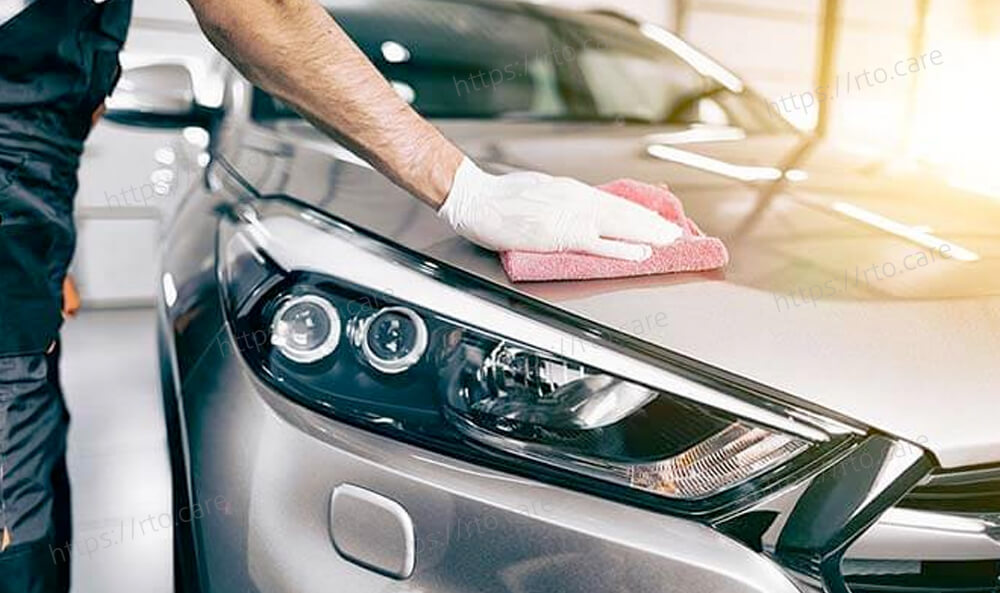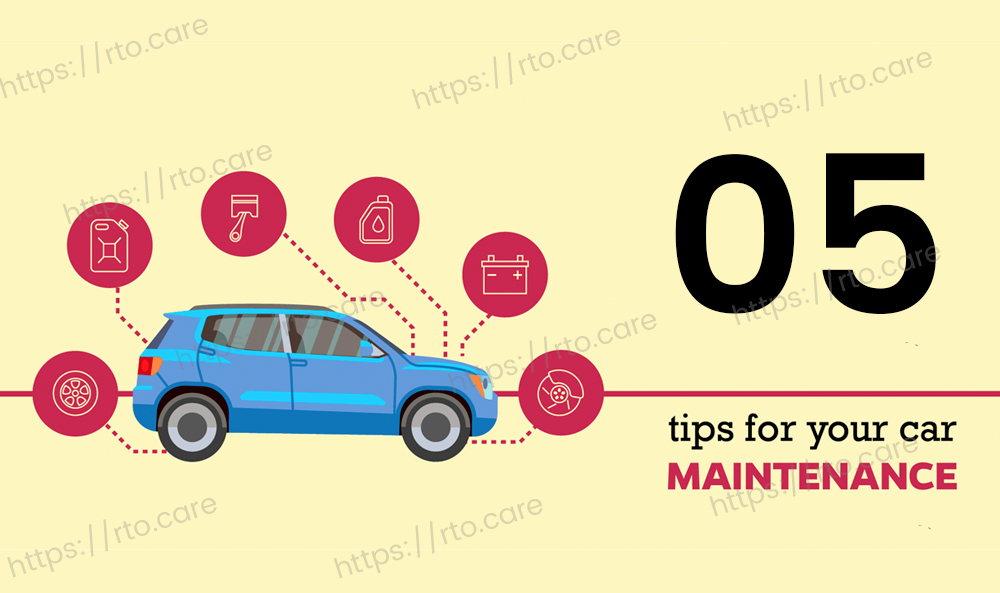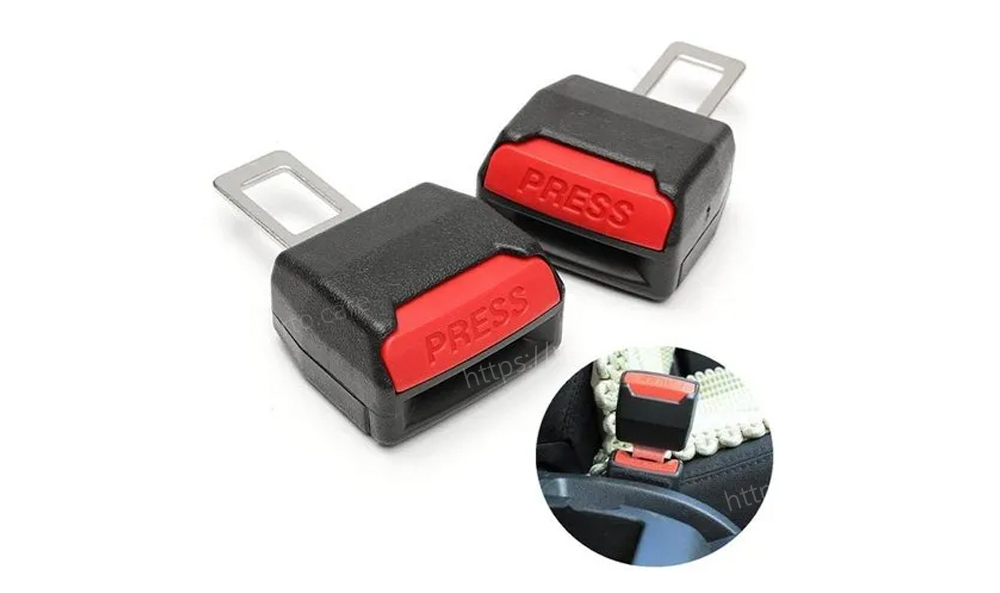Don't we all like treating our automobiles well? Of course, keeping your car clean and glossy is one of the simplest ways to show it you care. You may either wax or polish your automobile to make it shine like new, but it is important to realise that these two methods are not interchangeable. The majority of people believe that both goods may be used interchangeably, although polish and wax are two distinct items that shouldn't be confused. We explain the distinction between vehicle wash and polish in this post.
Car wax: What is it?
Simply put, the wax you apply on vehicles is a non-abrasive kind of wax that coats the bodyshell of your car with several layers of protection. This is often used following a thorough cleaning and polishing of the vehicle. The primary purpose of a vehicle wax is to increase gloss while also protecting the paint.
Car Polish: What is it?
Car polish, in contrast, comes in textured abrasive and non-abrasive varieties. The polish is used together with other cleaning chemicals to make your car's paint free from dirt and even minor scratches or swirl marks, unlike the wax, which is used as the final treatment of the paint. Minor rust spots can also be removed with it. The polish helps to easily merge the surface's thin coat of paints with the surrounding areas. This eliminates flaws and other small imperfections.
Car Wax vs. Car Polish: What's the Difference?
Car Wax
Purpose:
The goal of utilising vehicle wax is to give the automobile's body a polished finish. Your car's polish finish and shine are provided by the protective wax coating that has been put to the surface.
Function:
Car wax serves as a protective layer for the body surface of the vehicle. The following characteristics of car wax support it in performing its principal protective and polished-effect functions: Due to the wax's inability to dissolve in water, the protective coating is kept intact for a long time without being damaged by car washes, torrential rain, acid rain, etc. Additionally, the protective coating will prevent additional impurities and airborne particles from adhering to the surface of the automobile. These now include added ultraviolet (UV) inhibitor capabilities to protect the paint from any harm from the sun's harmful UV rays, further enhancing the benefits of the wax coat.
Application:
All over the car's body, auto wax is applied, and when it has dried, it is removed using specialised equipment or a microfiber cloth.
Car Polish
Purpose:
The abrasive qualities of vehicle polish, on the other hand, are used to remove any swirl marks or small scratches from the automobile's body surface.
Function:
Automobile polish is often applied when a car exhibits obvious surface damage and loses its lustre. In these situations, the polishing technique will provide the car's surface smoothness by offering a clean, immaculate paint finish. Your old car will continue to shine like new with the aid of the auto polishing procedure, and with regular polishing (as recommended by the manufacturer and service provider), it will look even better than before.
Application:
To eliminate tiny scratches and provide the afflicted region a smooth finish, however, the vehicle polish is only applied to certain sections of the automobile body.
With this, we hope to have made the distinction between auto wax and polish clear. Simply said, the former is used to keep the vehicle's shine, and the latter is intended to remove minor flaws and give the painted surface a clean, shining appearance.










